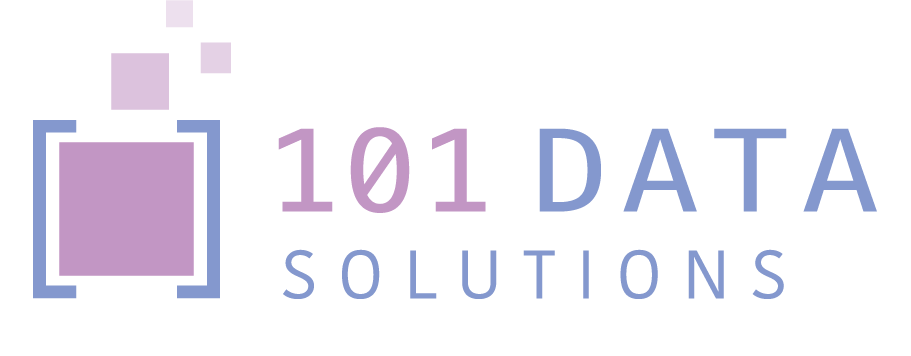Many enterprises rely on automation to streamline their processes and increase efficiency. With so many different automation tools available, it can be challenging to know which one is right for you. PowerShell and Power Automate are two excellent tools that can automate tasks and create workflows for your business. However, while both offer powerful automation capabilities, there are some key distinctions between them.
At 101 Data Solutions, we understand the importance of automation tools for businesses. Whether it’s a small business or a large enterprise, automating processes can save time and money, and both tools are excellent for helping businesses with their data. That’s why we offer services to help companies with PowerShell and Power Automate.
PowerShell is a powerful scripting language that helps you automate tasks. It can be used to create scripts that automate tasks such as managing Windows services, Active Directory, and creating reports. It’s a great tool for automating repetitive tasks and is relatively easy to use.
On the other hand, Power Automate is a cloud-based automation platform. It allows you to create automated workflows that can be triggered by a variety of events. For example, you can create a workflow that automatically sends an email when a customer registers for a webinar. Power Automate also provides the ability to connect to external services, such as SharePoint or Salesforce, and create automated workflows that span multiple systems.
The key differences between PowerShell and Power Automate
- Capabilities: PowerShell can execute a single command at a time, while Power Automate can run multiple tasks simultaneously. This allows Power Automate to handle more complex projects.
- Visual editor: both tools offer visual editors, but Power Automate’s editor is more advanced and customisable.
- Integration: both tools allow users to integrate with other software and applications, but PowerShell is more limited in its integrations.
- Code editor: Power Automate features an advanced code editor that allows users to write code in various programming languages. PowerShell only enables users to write in PowerShell.
- Functionality: PowerShell scripts are easy to understand and can be edited by anyone, while Power Automate workflows are more complex.
- End-to-end automation: Power Automate workflows can be used for end-to-end automation across your business, while PowerShell can only be used for specific tasks.
- Cloud capabilities: Power Automate offers a cloud version that can be accessed anywhere. PowerShell can be used in the cloud, but an on-premises server must be used for specific tasks.
You can use PowerShell when you want to…
- Use a code editor to write simple scripts that various users can edit.
- Easily create a flowchart or visual diagram of your business processes.
- Automate functions that don’t rely on the internet or access to other applications.
- Create a graphical user interface (GUI) that can be used to interact with your scripts.
- Produce a workflow that is easy to understand and edit.
- Develop a workflow that can communicate with other software and applications.
You can use Power Automate when you want to…
- Execute a complex task.
- Have many tasks or workflows that need to be executed at once.
- Create advanced workflows across your entire business.
- Develop workflows that can integrate with other software and applications.
- Create workflows that can execute end-to-end across your entire business.
At 101 Data Solutions, we can help you choose the best automation tool for your business. Our team of experts will assess your needs and recommend the best automation tool to help streamline your processes.



